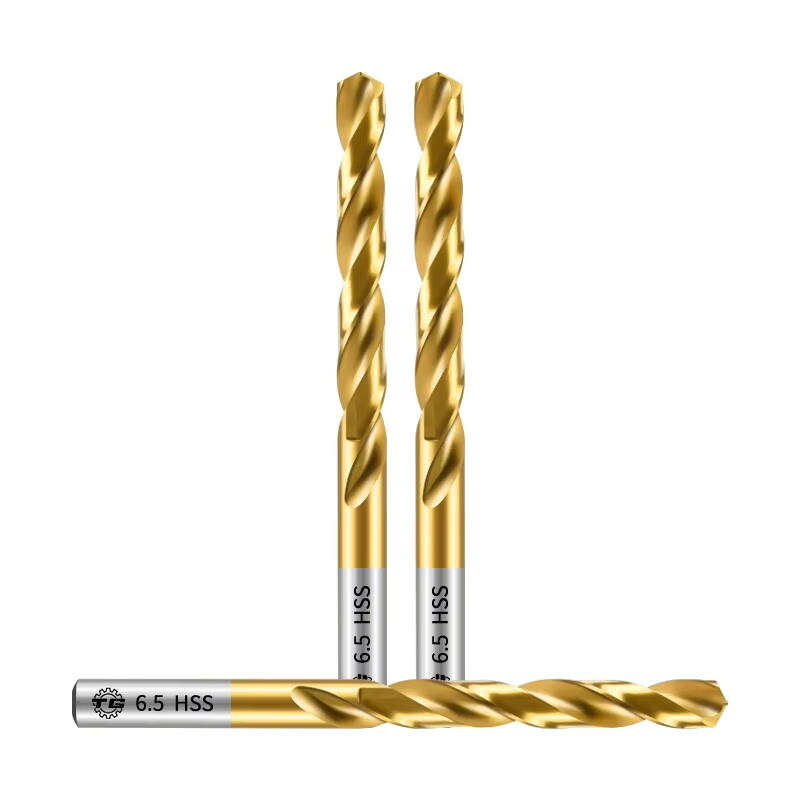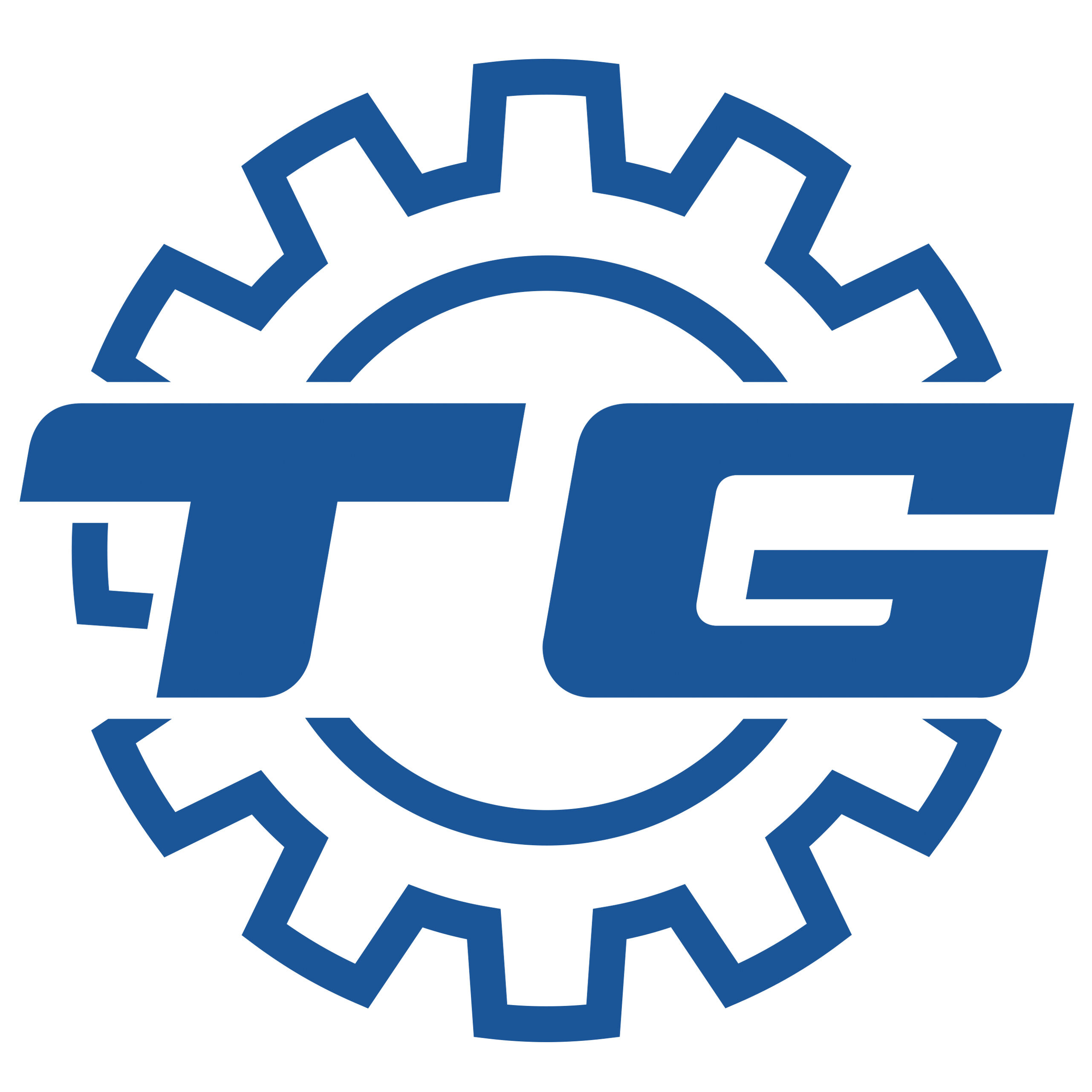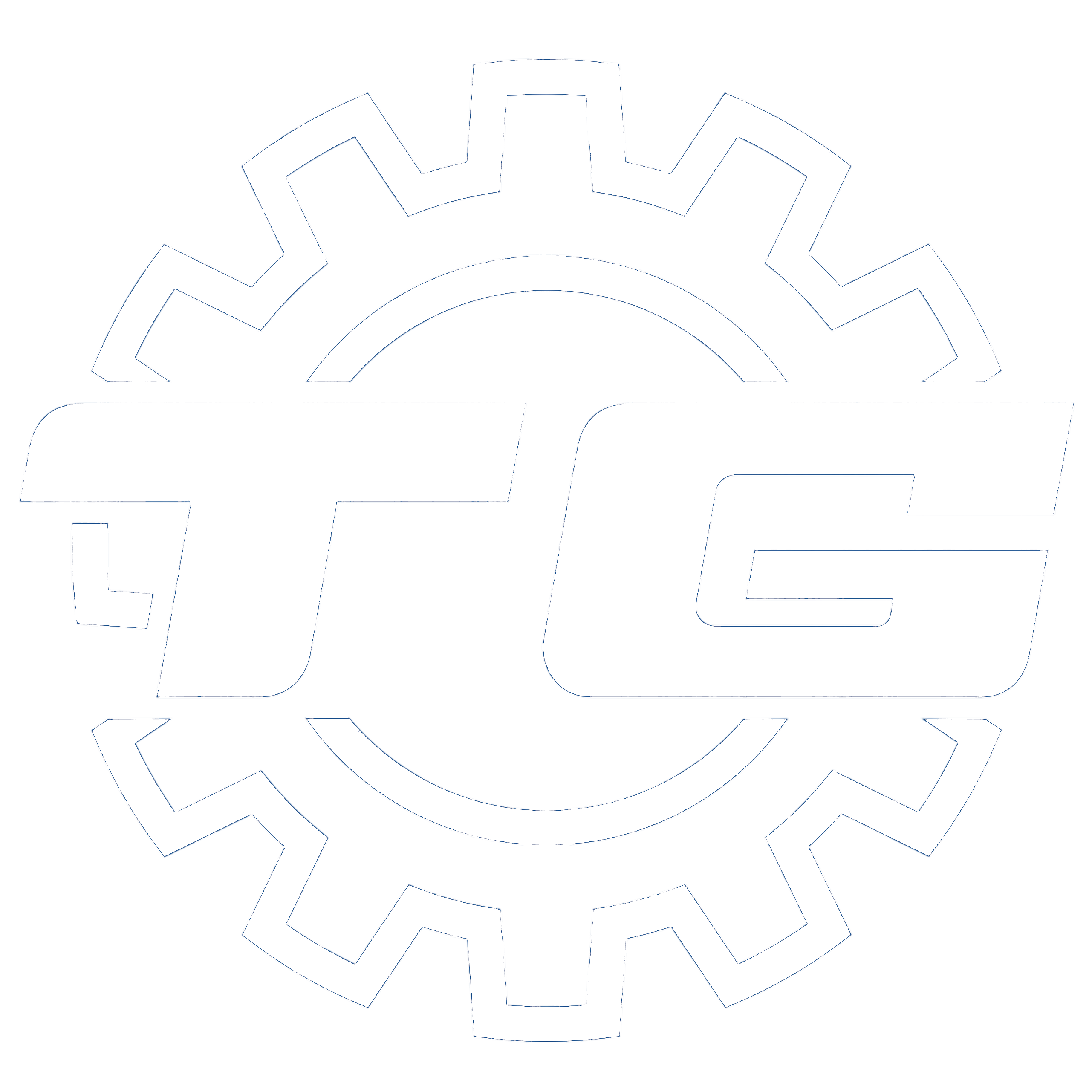Understanding Modern Metal Holemaking Processes in Manufacturing
The metalworking industry continues to evolve with advancing technology, and holemaking techniques remain at the forefront of essential manufacturing processes. From aerospace components to everyday consumer products, precise and efficient holemaking is crucial for product quality and production efficiency. Modern manufacturers must master various holemaking techniques to meet increasingly demanding specifications while maintaining cost-effectiveness.
The selection of appropriate holemaking techniques can significantly impact production outcomes, affecting everything from surface finish quality to production speed and overall manufacturing costs. As industries push toward higher precision and automated processes, understanding these fundamental methods becomes even more critical for success in metalworking operations.
Traditional Holemaking Methods in Metal Fabrication
Drilling Operations and Applications
Conventional drilling remains one of the most widely used holemaking techniques in metalworking. This process involves using a rotating cutting tool with specific geometry to create cylindrical holes. Modern drilling operations have evolved to include computer-controlled precision, allowing for repeatable accuracy in hole placement and dimensioning.
Advanced drill bits, including those with specialized coatings and geometries, have revolutionized traditional drilling processes. These innovations enable faster cutting speeds, improved chip evacuation, and extended tool life, making drilling more efficient than ever before.
Punching and Stamping Processes
Punch press operations offer distinct advantages in high-volume production scenarios. This holemaking technique utilizes mechanical force to create holes through material displacement rather than material removal. The process is particularly efficient for sheet metal applications and can achieve impressive production rates.
Modern CNC punch presses have expanded the capabilities of traditional punching operations, allowing for complex patterns and shapes beyond simple round holes. These machines can rapidly switch between different punch and die combinations, maximizing productivity while maintaining precise tolerances.
Advanced Holemaking Technologies
Laser Cutting Systems
Laser cutting has revolutionized holemaking techniques in recent years. This technology offers exceptional precision and the ability to create complex hole patterns with minimal heat-affected zones. Modern fiber laser systems can process a wide range of materials at impressive speeds, making them ideal for both prototype and production work.
The non-contact nature of laser cutting eliminates tool wear concerns and allows for intricate designs that would be difficult or impossible with traditional methods. Additionally, laser systems can seamlessly transition between different hole sizes and shapes without tool changes, significantly reducing setup time.
Electrical Discharge Machining (EDM)
EDM represents a sophisticated approach to holemaking, particularly valuable for hard materials and precision applications. This technique uses electrical discharges to erode material in a controlled manner, achieving exceptional accuracy and surface finish. Both wire and hole-type EDM systems offer unique capabilities for specific applications.
The ability to create precise holes in hardened materials makes EDM indispensable in tool and die manufacturing, as well as in aerospace and medical device production. Modern EDM systems incorporate advanced controls for automated operation and consistent results.

Emerging Innovations in Holemaking
Hybrid Processing Solutions
The latest developments in holemaking techniques include hybrid systems that combine multiple processes in a single setup. These innovative solutions might integrate conventional drilling with laser assistance or combine EDM with high-speed milling. Such combinations can overcome traditional limitations and achieve superior results in challenging applications.
Hybrid processing solutions offer manufacturers greater flexibility and can often reduce overall production time by eliminating the need for multiple setups or machines. These systems represent the cutting edge of holemaking technology and continue to evolve with advancing capabilities.
Automated Quality Control Integration
Modern holemaking operations increasingly incorporate real-time measurement and quality control systems. Advanced sensors and monitoring equipment can detect and adjust for wear, thermal effects, and other variables that might affect hole quality. This integration ensures consistent results and reduces the need for post-process inspection.
The implementation of artificial intelligence and machine learning in quality control systems has further enhanced the capability to maintain precise tolerances and detect potential issues before they affect production quality.
Optimizing Holemaking Operations
Process Selection Criteria
Selecting the most appropriate holemaking techniques requires careful consideration of multiple factors. Material properties, production volume, accuracy requirements, and cost constraints all play crucial roles in the decision-making process. Understanding these parameters helps ensure optimal results and efficient resource utilization.
Engineers and production managers must evaluate both technical capabilities and economic factors when choosing holemaking methods. This comprehensive approach helps balance quality requirements with production costs and throughput demands.
Maintenance and Tool Management
Successful implementation of holemaking techniques depends heavily on proper tool and equipment maintenance. Regular monitoring of tool wear, cutting parameters, and machine condition helps prevent quality issues and production delays. Modern tool management systems can track usage and predict maintenance needs, optimizing both tool life and production efficiency.
Advanced monitoring systems can now predict tool failure before it occurs, allowing for scheduled maintenance rather than reactive repairs. This predictive approach helps maintain consistent quality while minimizing unexpected downtime.
Frequently Asked Questions
What factors determine the best holemaking technique for a specific application?
The choice depends on several key factors including material type and thickness, required tolerance and surface finish, production volume, and cost considerations. Additionally, factors such as hole size, shape, and pattern complexity play important roles in selecting the most appropriate technique.
How do modern holemaking techniques compare in terms of cost-effectiveness?
Cost-effectiveness varies significantly based on application requirements. While traditional methods like drilling may have lower initial costs, advanced techniques such as laser cutting or EDM can offer better long-term value through higher precision, faster processing speeds, and reduced secondary operations.
What maintenance requirements are associated with different holemaking processes?
Maintenance needs vary by process. Traditional drilling requires regular tool replacement and sharpening, while laser systems need optical component maintenance and cleaning. EDM systems require regular dielectric fluid maintenance and electrode replacement. All systems benefit from scheduled preventive maintenance programs to ensure optimal performance.


